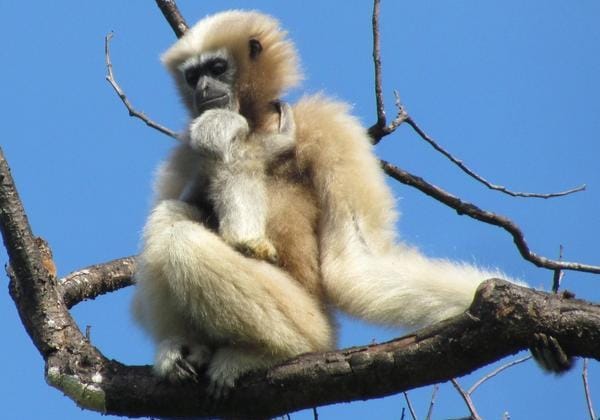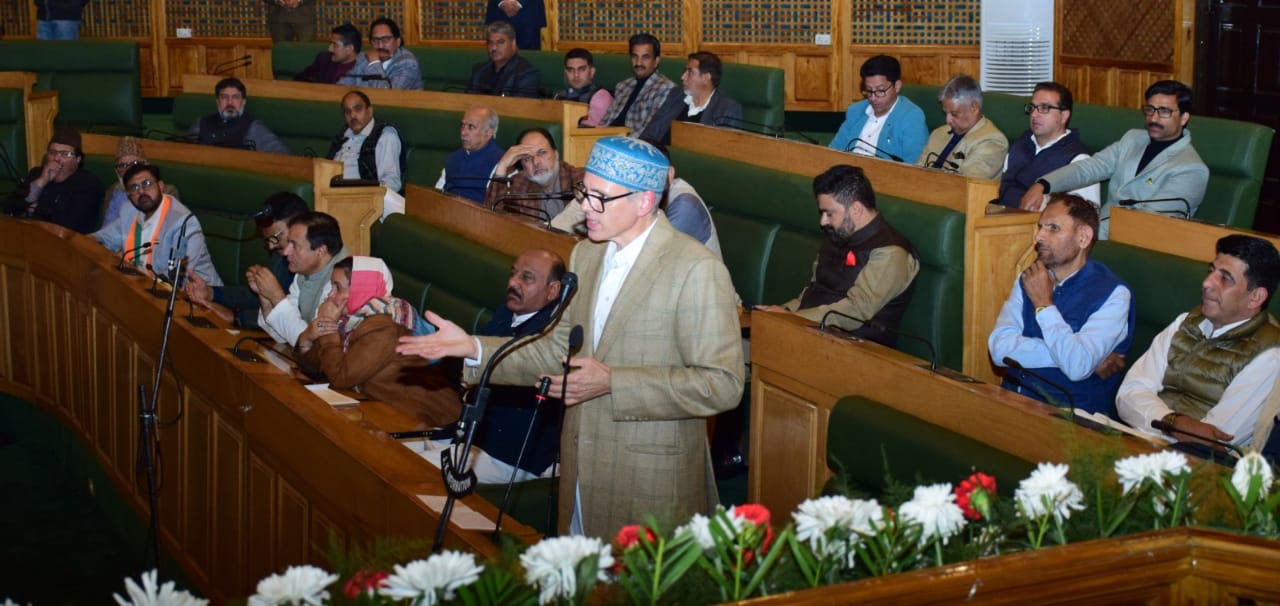The Ministry of Environment, Government of India, has recently given its approval to an oil and gas drilling project in Hoollongapar Sanctuary in Assam, which is an eco-sensitive zone and an isolated habitat of hoolock gibbons. With this approval, Cairn India will be able to utilise around 4.5 hectares of the reserved forest land for drilling and exploration purposes.
However, this decision has attracted criticism due to the threat posed by the project to hoolock gibbons. Experts have raised concerns over the issue as any activity in the forest canopy could adversely affect gibbons, which heavily rely on the canopy for their movements.
Impact of oil and gas drilling in the area
- Gibbons are canopy-dependent animals. Any damage or loss of canopy can badly affect their life and force them to shift to another area.
- For oil and gas exploration, the canopy can be cleaned, increasing the threat.
- Moreover, the area is also home to various other animals, including elephants and leopards. The exploration activities will impact their lives as well.
- Most importantly, increased human presence in the area can lead to human-animal conflict which can result in loss of human life as well.
About Hoolock Gibbons
- Gibbons, which are primarily found in Asia’s tropical and subtropical forests, are the smallest and fastest apes, run at a very high speed. Hoolock gibbons are a species of gibbons.
- Hoolock gibbons are primarily found in India, Bangladesh, Myanmar, and China. They exhibit high intelligence and distinct characteristics, such as strong family bonds.
- In India, they are found primarily in the northestern part, where their population is estimated to be over 12,000. Assam’s Hoollongapar Gibbon Wildlife Sanctuary is a dedicated sanctuary to gibbons, where about 2,000 gibbons live.
- Deforestation and infrastructure development are the major threats to hoolock gibbons. These activities cause the loss of the natural habitat of these apes. Over the past century, their population has decreased alarmingly.
- The IUCN status of hoolock gibbons- Endangered.
- India provides protection to the ape under Schedule I of the Wildlife Protection Act 1972.
About Hoollongapar Gibbon Wildlife Sanctuary
- It was established in 1997 with the aim of creating a dedicated zone for gibbons. Located in the Jorhat district of Assam and formerly known as the Gibbon Wildlife Sanctuary, it is the first conserved area for gibbons.
- This forest is known for its diverse range of animals, in which gibbons dominate.
- It is home to leopards, elephants, wild boar, and other animals. It is also a land where trees like Sam, Sopas, Bhelu, Udal, Hingori, and Amari are found. Most importantly, the area is dominated by Hollong trees.











